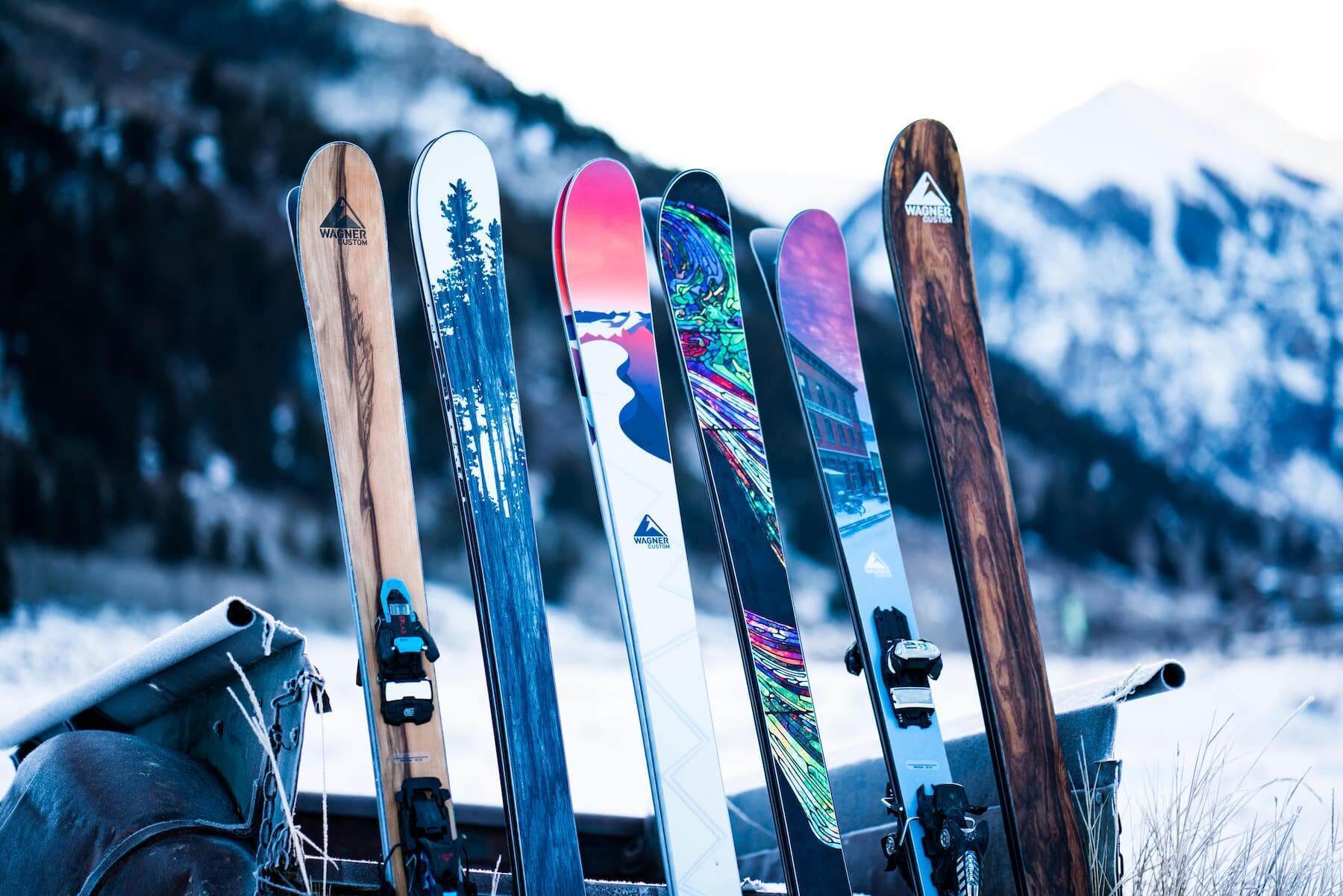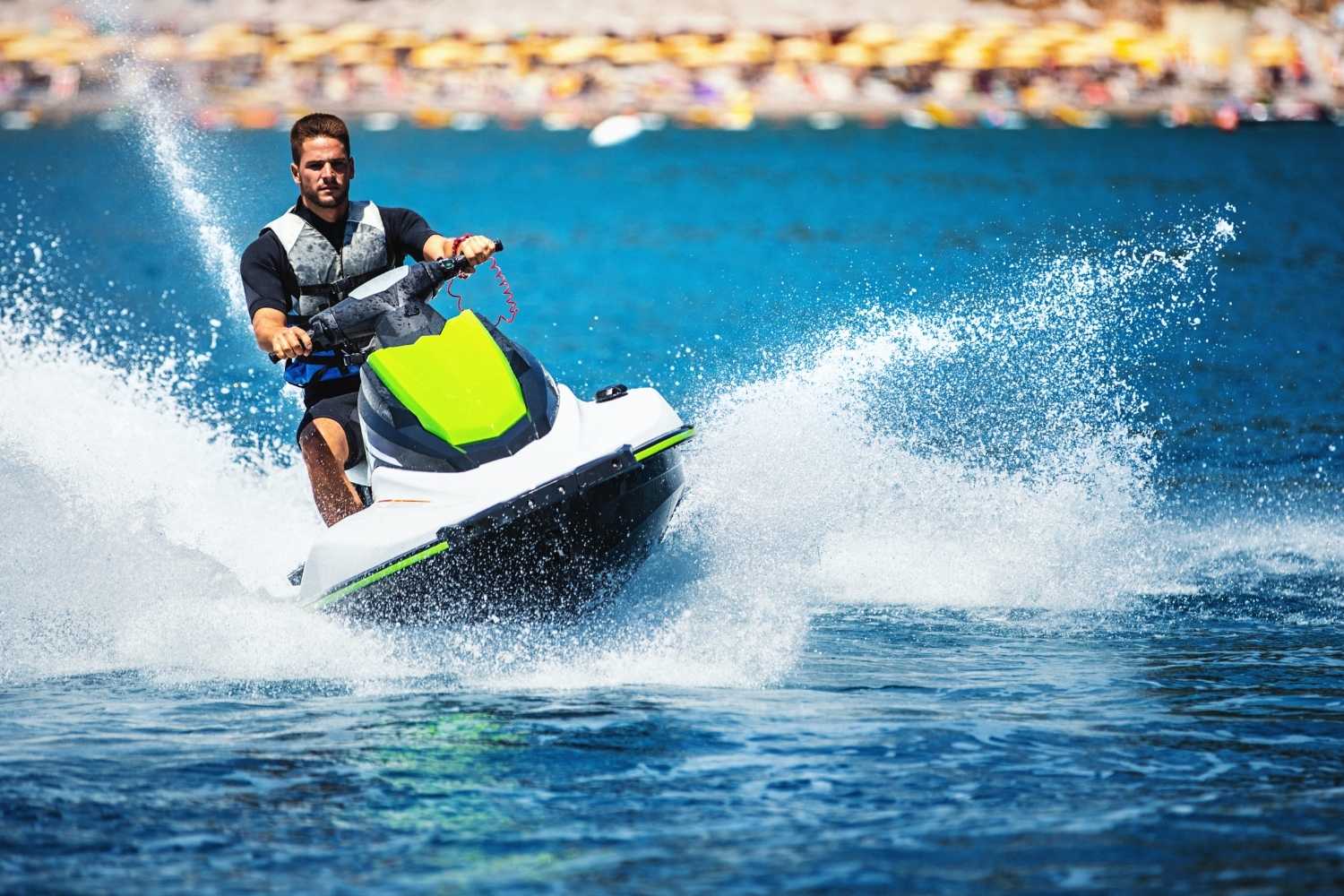
Cross-country skiing can be fun and low-impact for people of all ages. Cross-country skiing is an excellent way to stay fit, as they utilize all major muscle groups. It is also easy to get started. It is important to have the right equipment.
Choose a ski and binding that best fits you. If you're a beginner, it might be worth looking at ski poles and boots. You should consider what kind of terrain you want to ski on. Flat terrain is better for beginners.
Balance is the key to a great skiing experience. Balance is key to controlling your body. You can help accomplish this by bending your hips and knees. This gives you better control and can also prevent injuries.

The type of wax used to make cross-country skis is another important aspect. There are many types, from glide wax to grip wax. Glide is best for downhill skiing and grip is best for uphill.
You should consider what type of cross-country skiing you are interested in when choosing the right skis. There are two types of cross country skiing: classic and skate. Classic cross-country skiing takes place on tracks that have been groomed. Skate skiing uses snow that has been tracked.
Starters should choose a pair of skis that is short and wide. These can help you grip the snow and keep you safe. Choose a pair that is at least 5cm wider than your height. If you are heavier than average, add at least 5cm to your skis' length.
For gloves, make sure you have gloves that keep your fingers from getting too cold. Also, make sure you have warm socks. If your feet get too cold, blisters may occur. You should also wear layers. First, you should wear a lightweight outer layer that protects from the wind. Then, layer on an inner layer that is breathable.

A good investment is to get a high-quality pair of ski poles. An adjustable pair of ski poles is possible, so that you can alter their length to meet your needs. So that your poles don't wiggle, make sure they are close to your body.
A pair of boots should be comfortable. Shoes that are too tight could cause blisters. Look for ones that are insulated and have plenty of room for your toes. The wrong boot can make it difficult to get the most from your cross-country trip.
Also, make sure to bring a small pack of water and a teacup. You'll need to stop for a break as your legs will be sweaty. After a hard day, your legs will sweat and you'll need to cool down.
FAQ
What should you bring on vacation?
It is important to plan what you will do during your vacation. This is not about packing clothes. You also need to consider where you are going and how long you are staying there.
The first thing you need to do is think about what types of activities are most appealing to you. If you plan to visit exotic locations, you might consider scuba diving. If you plan on staying longer, you may want to attend local festivals.
You should let the people who are going to be caring for you know if you have any medical issues.
How do I prepare for vacation?
To live a healthy life on vacation, you need to eat well and exercise.
Before you leave for work, it is important to be well-hydrated and rested.
All necessary travel documents should be prepared.
And if you're planning to take any medication during your trip, ensure you carry enough to last until you return home.
Finally, be sure to pack a change of clothes in case you get sick or injured.
What documents should I keep handy when traveling?
Keep copies of important documents in your car for quick access when on the go. If you plan on using an ATM machine, you may want to keep a copy of your passport, driver’s license and other official identification cards.
It is a good idea if you have a photocopy your passport so that it can be used in the event of a need.
Do not forget to include copies and reservation confirmations. These will help you to remember where you are and what you want to see.
You should also keep a copy your hotel reservation and flight ticket details. If you have any problems, you can always contact someone back at home.
Also, don't leave valuables unattended. You can keep your valuables safe by keeping them in your wallet or inside your bag.
You can avoid expensive loss by checking your baggage before you travel.
Remember that it is always safer to be simple than to plan everything.
Relax and enjoy your trip!
What cheap accommodations are available when traveling abroad?
You can find cheap accommodation in hostels, hotels and guest houses as well as bed & breakfasts.
Hostels are affordable and provide dorm-style rooms in which guests share bathrooms and living spaces.
Hotels are located in tourist areas and offer private rooms with en suite bathrooms.
Hostels have similar features to guesthouses, but they are more spacious and can accommodate fewer guests.
Budget-conscious travelers are increasingly turning to bed & breakfasts. Guests can stay in their own private homes and have a full breakfast included in their stay.
What should I do with my luggage?
There are many options. The most common one is to use lockers at airports. They are usually located close to the security area. You can get one for $5-10 per Day, depending on how big the locker is.
A storage unit can be rented. These units are commonly found outside shopping centers or large hotels. Prices vary, but some places offer discounts for multiple units rented together.
A third option is to hire a porter. A porter will take your luggage from the carousel and bring it to your room. A small fee is charged each time the porter helps you.
Statistics
- Pack sweaters, jackets, and underwear in reusable compression bags creating up to 75% more space in your luggage. (wikihow.com)
- They're also likely to offer babysitting services, in case you'd like to have dinner one night after 7 p.m. (travelandleisure.com)
- Case in point: the private island of Ilha Caldeira, less than seven miles off the coast as part of the Primeiras and Segundas Archipelago, is located within the marine-protected area with 20 percent of the country's intact living coral. (travelandleisure.com)
- That's an 18% jump from 2019, the previous record year. (travelandleisure.com)
- Between the ages of 11 and 13, kids, or tweens, will likely want some autonomy but also need boundaries. (travelandleisure.com)
External Links
How To
How to plan your next getaway
Planning a trip involves many things like booking flights, hotels, car rentals, activities, etc. You must also consider your budget, destination, weather forecast, and other important factors.
These points should be kept in mind while you are planning your next holiday.
We have prepared a step-by, step guide to help with your next vacation planning. This guide has been compiled using customer feedback as well as our own experience. We hope you find this guide helpful and easy to follow when planning your next vacation.
Steps:
-
Your Budget is an important step in planning your trip. Before you begin planning for your trip, you need to know how much money it is you are willing and able to spend. In the event that you don't have enough cash, you might need to cancel your plans.
-
Book Your Tickets - Once you've decided on your budget and set your priorities, booking your flight tickets is the first thing that you should do. You should ensure that you get the best deal possible at the lowest price. You should also check to see if any airlines offer special deals during specific seasons. These deals could be a great way to save money.
-
Pick Your Destination. Once you've booked your tickets, the next step is to decide where to travel. Multiple factors will play a role in choosing the destination you choose, such as location (wherever you are), climate (what season), culture (how friendly and affordable it is), cost (how affordable it can be) and cost.
-
Find Accommodations. There are many accommodation options available, from inexpensive hostels to luxury suites. The best type of accommodation for you depends on your requirements and preferences. If you're looking for an area close to downtown, a hotel may not be the right choice. However, homestays may be more suitable for you if your preference is quieter and away from crowds.
-
Select Activities & Attractions - After selecting your accommodation, now is the time to select the activities and attractions you wish to include in your itinerary. You can choose to include only certain activities depending on how long you stay. Or, add multiple new activities throughout the trip.
-
Plan Your Trip - Once you have decided on the attractions and activities you want to include, you can now plan your itinerary. You should follow a set schedule to get the most out of your trip. If you have the freedom to roam as you please, your trip will be even more enjoyable.
-
Create itinerary – This allows you to organize all of the details for your trip. Write down all details about your trip, including flights, accommodation, activities, and restaurants.
-
Research Online - Before leaving for your trip, research online so you won't miss anything. To find out what other travellers think about different destinations, read reviews and testimonials. This will help you plan.
-
Pack Lightly - One of the biggest mistakes people make when packing is bringing too many clothes. Try to bring just three sets of clothes instead of five. Make sure you bring clothes that are appropriate for the area.
-
Be prepared. Get everything organized before you head out on your trip. It's not a good idea to spend time looking for documents while you are still on the move.